Content
In Russia, cabbage has long been held in high esteem and respect, being one of the most popular vegetable crops. Therefore, when in the second half of the last century, among gardeners, the amazing cabbage from China became famous, it quickly aroused everyone's curiosity. The first and only variety of Peking cabbage in those days was the Khibinskaya variety, bred at a polar testing station in the Murmansk region.
Much later, many new varieties appeared, among which Japanese and Dutch hybrids are especially popular, mainly for their early maturity and resistance to the formation of flower arrows. Peking cabbage is distinguished by a wide variety of forms: there are leafy (form a rosette of leaves), semi-cabbage (form heads of cabbage with an open top) and cabbage varieties. Despite the fact that leaf forms contain more nutrients, cabbage varieties tend to have a longer shelf life and therefore are more popular. Peking cabbage glass is one of the most famous and widespread varieties grown today.
Description of the variety
Peking cabbage variety The glass was introduced in the 90s of the last century in the Moscow region and registered in the State Register of Russia in 1997.
- The glass belongs to the mid-season varieties of Peking cabbage. This means that from the appearance of the first shoots to the moment when it is already possible to collect the formed heads of cabbage, it takes about 65-70 days.
- The variety belongs to the group of cabbages, the heads of cabbage themselves, under favorable conditions, are formed quite dense, oval in shape, without voids. The heads of cabbage are completely closed so that the penetration of various spores of fungi and larvae is difficult. In this regard, the variety Glass can be stored for a long time without being damaged.
- Despite the fact that the description of the variety mentions resistance to stemming, during spring sowing, the cabbage glass very often goes into the flower arrow. Therefore, it is recommended to sow it in the second half of the summer.
- Although Peking cabbage is a light-loving plant, like all its cabbage relatives, it is the Bokal variety that can tolerate relative darkening without a noticeable loss of yield.
- The leaves of this variety are dense, inside the head of cabbage they are pale yellow, almost white. While the outer leaves are characterized by a yellow-green hue.
- Heads of cabbage grow medium in size, weighing up to 2 kg.
- The taste characteristics of the Goblet variety are excellent; it is recommended to use it mainly for use in salads. The leaves are juicy, tasty and tender. Differs in a high content of mineral elements and vitamins.
Growing and care
There are two options for growing Peking cabbage Glass and further caring for it: with the help of seedlings and in a non-seedling way. Given the early maturity of this cabbage, under favorable conditions, it can yield two or even three times a season.
Seedling cabbage
Peking cabbage of any varieties is quite painful for transplanting, therefore, it is recommended to sow it directly in separate containers. A good option is to use peat tablets. The soil must be prepared loose, with a neutral or slightly acidic reaction.It is advisable to add 1/5 of sand or vermiculite to the finished commercial soil for air permeability. Cups or pots are filled with earth and spilled with a phytosporin solution to prevent all kinds of fungal diseases.
Cabbage seeds are embedded in the soil shallowly, to a depth of 0.5-0.8 cm.
If all of a sudden sprout, then the strongest is subsequently selected, and the rest are cut off at the very surface of the earth.
The seed cups are placed in a warm place with a temperature of about + 20 ° C or even more. Peking cabbage seeds do not need light for germination. Seedlings appear quite quickly - 3-5 days after sowing. Immediately after their appearance, the cups with seedlings are placed in a bright but cool place. It is desirable that the temperature does not exceed + 16 ° C + 18 ° C. Otherwise, the seedlings can stretch out strongly. The same thing awaits them in low light conditions.
Watering Chinese cabbage seedlings should be moderate - the soil surface should dry out a little between moisturizing procedures. Plants develop in suitable conditions quickly enough and when 4-5 true leaves are formed, they are already ready for planting in a permanent place. This happens about a month after germination.
Ready seedlings are planted in open ground according to the scheme: 30 x 50 cm. Two weeks after planting, they are fed with any organic fertilizer.
Seedless way
To choose a suitable place for growing Peking cabbage glass, you need to remember where you grew carrots, cucumbers, onions or garlic last season. It is after these vegetable crops that Peking will feel best. It is good if the soil in the garden has been filled with humus or compost since autumn. It is not necessary to soak the seeds before sowing. Cabbage is usually sown in an ordinary way, leaving a distance of about 45-50 cm between the rows. If a formed rosette of leaves is enough for you, then the plants can be planted with a distance of 10-20 cm between them. To obtain heads of cabbage, the distance is increased to 25-30 cm.
Can sow initially more often, even every 10 cm, in order to thin out the plants after emergence. Seeds are planted to the same depth - about 1 cm. It is advisable to sprinkle the crops on top with wood ash. It will simultaneously serve as a top dressing for young plants and scare away pests.
The crops are additionally covered along the entire length with a thin non-woven material. This agrotechnical technique will help you solve several problems at once:
- Protects delicate seedlings from low temperatures;
- It will shade the cabbage from the hot rays of the sun, which are also harmful to it;
- It will help protect crops from cruciferous fleas - this small pest is able to destroy all seedlings in a few hours.
Further care of the plantings
Peking cabbage glass is the most demanding on the temperature regime. To get good and strong heads of cabbage, the minimum temperature should be about + 12 ° С, but if it exceeds + 25 ° С, then you should not expect a good harvest.
Peking should be watered moderately enough, unlike other types of cabbage, it does not like to grow in excessive moisture. Under cool weather conditions, one good watering with non-cold water once a week is enough.
After the appearance of several leaves, it is advisable to mulch the crops with organic materials (straw, rotted sawdust), which will serve as protection against weeds and additional feeding.
To improve the formation of cabbage heads, it is recommended to spray it with a solution of boric acid.To do this, 2 grams of boric acid is dissolved in one liter of hot water, and then 9 liters of cold water are added to the resulting solution.
Problems and solutions
In general, Peking cabbage is considered an easy vegetable to grow, although the opinions of gardeners on this matter differ dramatically. For some, everything succeeds without any effort or much hassle. Others spend a lot of energy on caring for plants, and as a result, the cabbage all goes into color or is eaten by numerous pests. In fact, there are several secrets and tricks in the cultivation of Peking cabbage, without which caring for it turns into fruitless work.
Landing dates
Perhaps the most important factor that affects the good growth of cabbage is the selection of favorable planting dates. After all, she is a plant of a long day, which means her desire to bloom and bear fruit under conditions when the daylight hours lasts more than 12-15 hours. But the flowering and fruiting of cabbage is not at all included in the plans of gardeners, since they need its heads. She can form heads of cabbage only with a sufficiently short daylight hours. The conclusion is quite simple - it is necessary to time the sowing and cultivation of Peking cabbage to the period with short daylight hours. Thus, in the middle lane, the optimal dates for planting cabbage in open ground are the end of April - early May and the end of July - August.
Unfortunately, the problems with flowering Chinese cabbage don't end there.
Hence, most of the problems of gardeners with the cultivation of cabbage in the spring appear. Everyone is trying to plant seeds in the ground or plant seedlings as early as possible in order to have time to get a harvest with a short daylight hours. But even in May, and especially in April, there are even frosts in the middle lane, not to mention low temperatures. So the gardeners are rushing between two fires, unable to choose the optimal conditions. Of course, they can be arranged, but only if there is a greenhouse or a greenhouse on the site in which cabbage seedlings can be grown until sufficiently stable above-zero temperatures are established. Not everyone has such facilities available, so it would be most reasonable to postpone the cultivation of Peking cabbage for a glass to the second half of the summer.
From the end of July, conditions are most favorable for the growth of Peking cabbage. Indeed, at this time it is still warm enough and the plants sprout and develop quickly enough. As a rule, there is no intense heat. At the same time, the length of daylight hours is also suitable for cabbage for the formation of heads of cabbage. Adult plants can withstand low temperatures quite well; at the stage of maturation of the head of cabbage, they can endure even short-term small frosts, up to -2 ° C.
Peking cabbage pests
Another problem that does not allow to grow a good harvest of Peking cabbage is the invasion of pests. Cruciferous fleas and slugs are especially fond of Peking.
Against cruciferous flea beetles, the ideal solution is to use a thin nonwoven fabric throughout most of the development of the cabbage, as mentioned above.
But with slugs, the fight can be long and difficult. They are especially different in cold and rainy summers. The method of sprinkling Chinese cabbage leaves with a mixture of the following composition works well:
- 1 liter of wood ash;
- 4 tablespoons of salt;
- 2 tablespoons of dry mustard;
- 4 tablespoons of ground red hot pepper.
You can try to sprinkle the beds and the aisles between them with a layer of sand, on which the slugs cannot move.The most classic way to get rid of slugs is to lay out various traps: boards, bark, etc., and then collect them by hand. If the pests have multiplied in too large quantities, chemicals will have to be used. But processing should be stopped 20 days before harvest.
Reviews of gardeners
Judging by the reviews of gardeners, a glass of Peking cabbage is a rather capricious culture, but its taste deserves its rightful place among garden crops.
Let's summarize
Peking cabbage is a fruitful, tasty and healthy crop. She, like any cabbage, has its own preferences for growth conditions. If they are observed, all the difficulties in growing can be easily overcome.
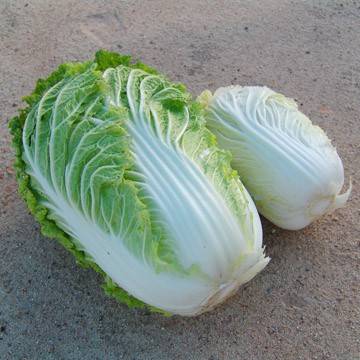
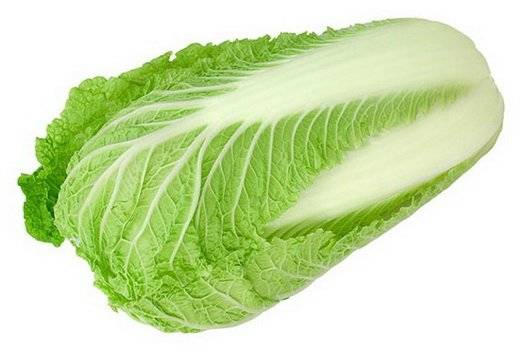
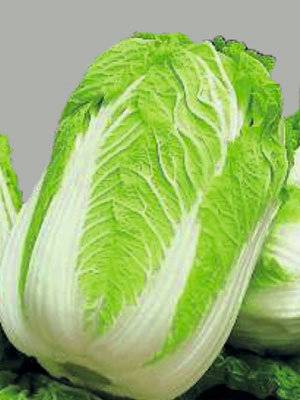

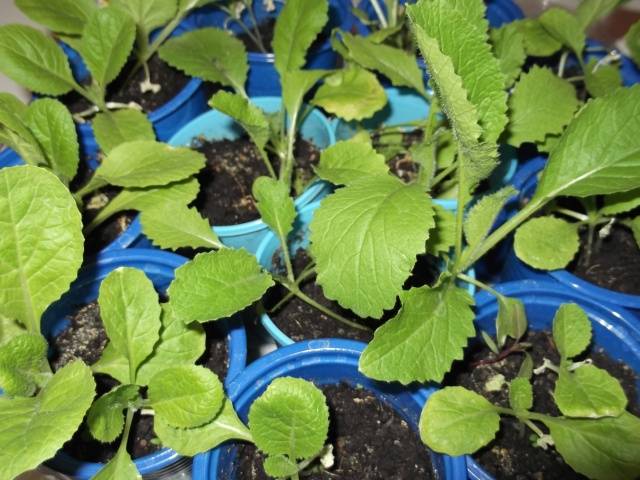
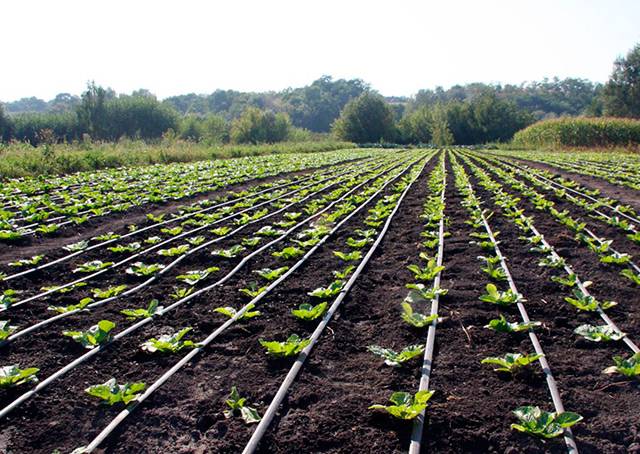
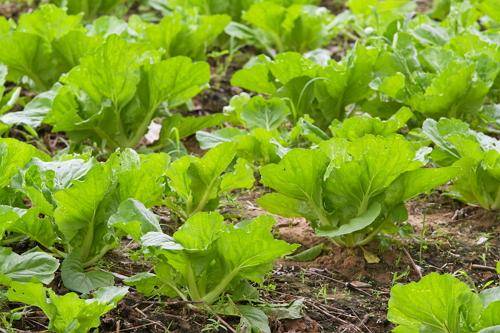
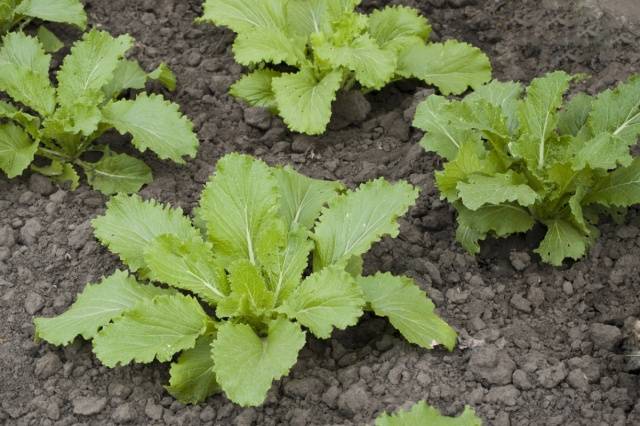

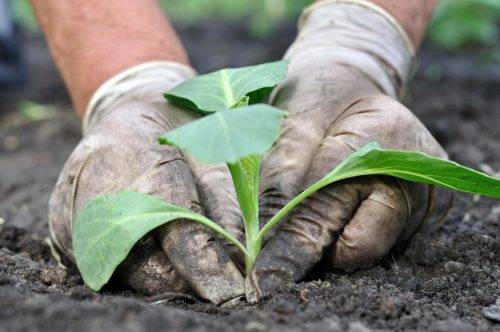
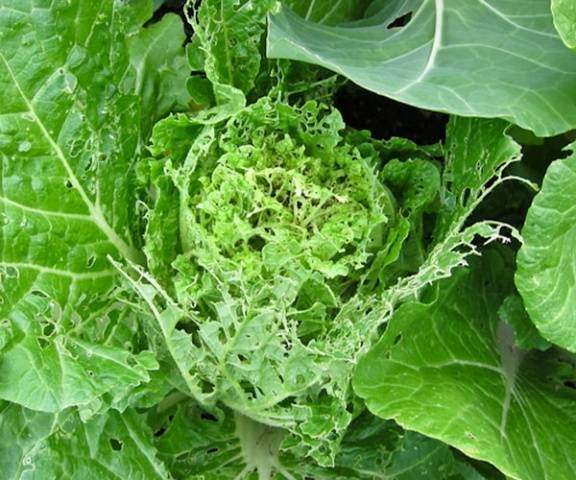
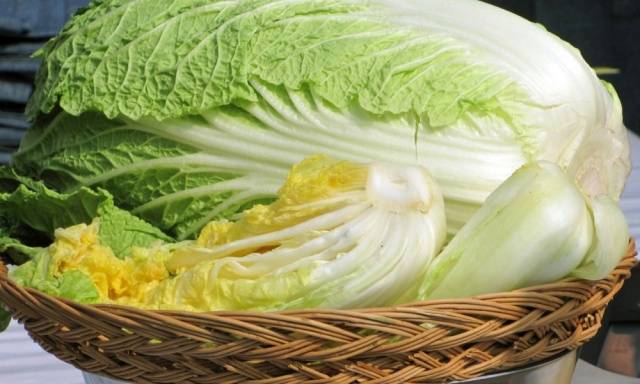
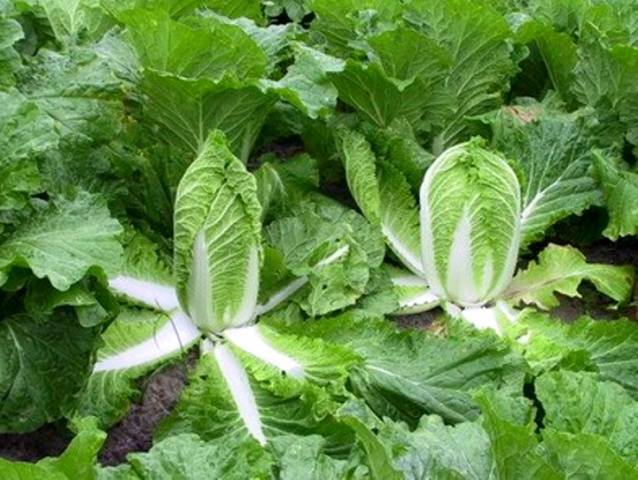

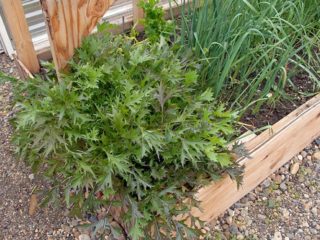
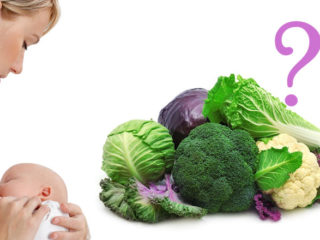


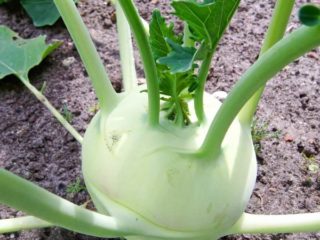


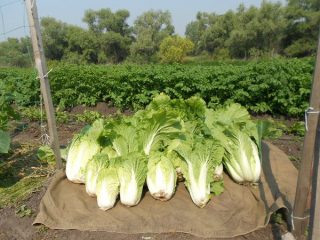
on what soil does cabbage grow?